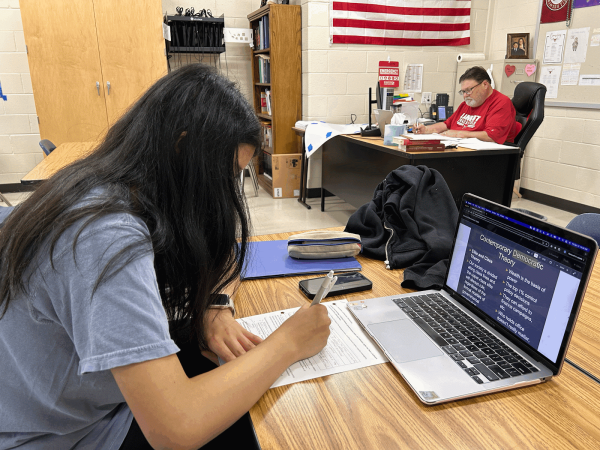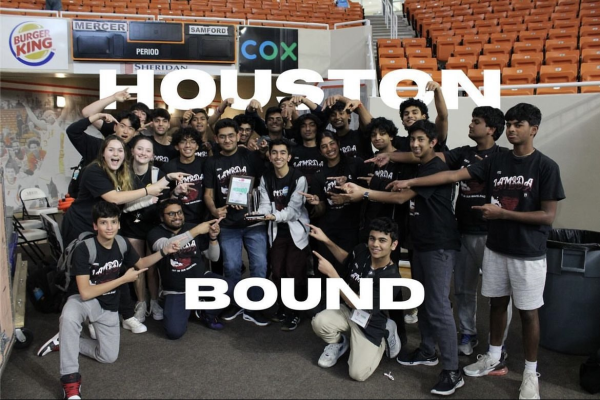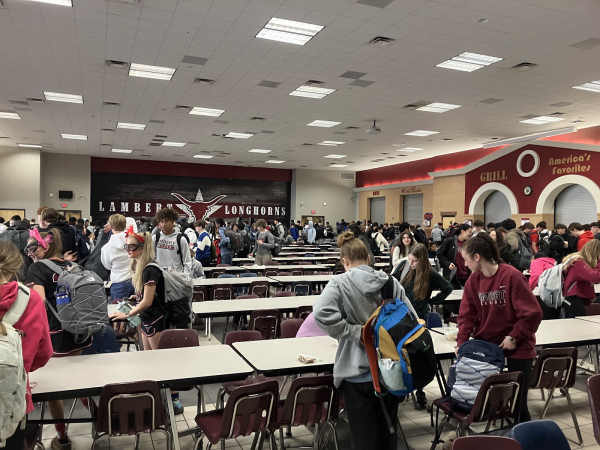The College Board and the Path Towards Higher Education
Getting into college is a daunting endeavor. Not only have tuition prices skyrocketed in recent years but so has the cost to simply be accepted. Behind most of the major price increase is College Board, the non-profit organization that is responsible for the SAT, PSAT, and AP programs.
The College Entrance Examination Board (CEEB) was founded in 1900 as an organization to organize college admissions. In 1926, the Scholastic Aptitude Test (SAT) was created to measure psychological testing and Advanced Placement (AP) or advanced placement was initiated in 1955.
This school year, the cost of one AP test is $96 dollars, a $2 increase from the year prior. However, the most shocking revelation is that the price of one exam has jumped $13. To put that into perspective, a student taking 3 AP classes would pay $288 in exam fees, money that could be put towards supporting a family or saving to buy a car.
The SAT and PSAT, despite being dropped by more and more schools each year, are still required by the wide majority of colleges. Similar to AP tests, the cost of the SAT has increased every year, from $43 just 5 years ago to $55 this year. Of course, other costs such as PSAT and SAT prep courses could cost even more.
The startling observation that I came across was that for a non-profit organization, the College Board makes an astounding amount of money. The revenue has been steadily increasing every year but lately, the profit has been decreasing from a record high of $140 million dollars in 2017 to $60 million in 2019, when data was last available.
To learn more and get some official insight, I had a conversation with the dean of students at Lambert: Mr. Meinberg,
He told me he went to college at Hofstra University before transferring to New York Institute of Technology, where he was fortunate enough to attend for free.
“It was a lot different back then,” Mr. Meinberg stated. The standards are a lot higher now for colleges. It’s a moneymaker.”
That was the most compelling and significant point Mr. Meinberg made.
“Too much money” was also something Mr. Meinberg noted when it came to the rising cost of exams.
Though these exams are costly, the SAT and AP exams are critical parts of getting into college and even certain scholarships. Therefore, students are left with what seems like no choice but to take the tests and take the classes because that’s what colleges are looking for when the time comes.
However, the flip side is that without these tests, there wouldn’t be a standardized test with relative scores that could be compared when it comes time for colleges to see who’s ready for college.
Overall, the conclusion Mr. Meinberg and I made was that yes, College Board has a lot of control over college admissions and that power has perhaps been overstated, but once the system is finally past its breaking point, the process that has been controlled for so long by College Board may collapse.
For a final student outlook, I spoke with Lambert senior Terri Morrison. We had a noteworthy conversation about the college application process and how the SAT and AP classes affect that process.
She told me she’s applying to 7 schools with plans to go into the medical field, she also explained her main motivation to go into that field was her family.
Terri also noted that when she graduates, she’ll have ended with 9 AP courses, which is right around the average.
“I took as many as I could, ” Terri said. “It takes a lot of time and when it gets to AP exam season it [stress] gets a lot worse.”
However, my biggest takeaway Terri told me towards the end of my interview.
“It’s all about the bigger picture, ” Terri emphasized when it comes to AP classes and the SAT.“It shows you care.”
Terri’s point about taking the SAT even when it may not be required is certainly compelling because even though University of California schools don’t require SAT scores, she told me she’s going to submit hers to show her hard work.
I certainly agree. Having the quantitative data available not only shows your intelligence (to a certain extent) but also that you cared enough to take the time to take the test.
Final point- The College Board takes a large part in helping students all over the world reach for higher education and perhaps that role is too large for the companies own good.
Your donation will help support The Lambert Post, Lambert High Schools student-run newspaper! Your contribution will allow us to purchase equipment and cover website hosting costs.

















